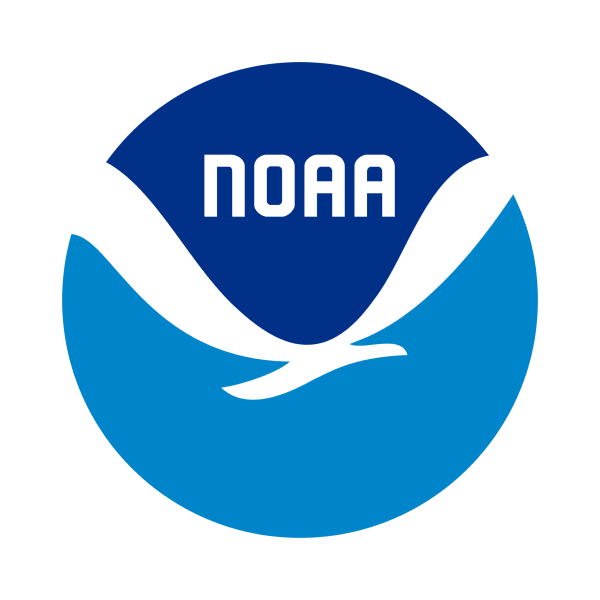The NOAA Marine Debris Program is conducting the NOAA Marine Debris Monitoring and Assessment Project Nationwide Survey, a one-year standalone assessment to establish regional estimates of marine debris found on U.S. shorelines.
Type of Project: Assessment
Region: National
Project Dates: September 2024 - August 2027
Who is involved?
With funding provided by the Bipartisan Infrastructure Law, the NOAA Marine Debris Program is supporting a project with 1stMission LLC to carry out a one-year NOAA Marine Debris Monitoring and Assessment Project Nationwide Survey and to produce a regionally-focused estimate of shoreline marine debris.
What issue does this survey address?
Marine debris is a widespread pollution issue affecting the world's ocean, waterways, and coastal areas. Large debris can include abandoned vessels and fishing gear, while smaller items can range from water bottles to microplastics. Plastic is the most common type of marine debris found along U.S. shorelines including the Great Lakes. Marine debris can injure or kill wildlife, degrade habitats, impair important marine food resources, interfere with navigational safety, and negatively impact local economies. Monitoring marine debris contributes to our understanding about the types, amounts, and sources of debris, where it accumulates, and if it's changing over time.
What is unique about this survey?
This statistically rigorous survey is helping answer currently unaddressed questions, compare the amount of marine debris across regions, determine targets, and inform strategies for marine debris prevention and mitigation. Additionally, the survey helps meet a recommendation identified in a 2022 National Academy of Sciences, Engineering, and Medicine study, required by the Save Our Seas 2.0 Act and funded by the NOAA Marine Debris Program. This study identified critical knowledge gaps and recommended that NOAA conduct a national monitoring survey to establish marine debris baselines and measure change from these baselines in the United States. This desire for a broad scale, nationwide survey builds on more than 12 years of the NOAA Marine Debris Program’s flagship Marine Debris Monitoring and Assessment Project, which engages partner organizations and public participants in data collection and monitoring on U.S. shorelines.
Informed by input from a panel of renown science agencies, experts in the field, and statistical consultants, the nationwide survey design prescribes where and when to collect data over the course of 11 years, with intense sampling every five years, and a lower annual level of effort in between. The survey is documenting debris items greater than or equal to 2.5 cm in size by material and item type, which can help us understand the activities that lead to marine debris. The U.S. shoreline was divided into ten regions, including the continental U.S., Caribbean, Alaska, Pacific Islands, and Great Lakes. Study sites include historically unmonitored remote areas. After this first year, marine debris report cards for each survey region will be used to communicate and compare debris estimates for regional shorelines.
Why does this survey matter?
The long term benefits of this project are numerous. This work will help us understand how much marine debris is on shorelines in the United States at any given time and which regions have more or less debris. Data will be publicly available in the Marine Debris Monitoring and Assessment Project database and researchers, policy makers, educators, and interested community members are encouraged to take advantage of this new resource. Survey data can be compared to other existing and aligned efforts, such as regional marine debris action plans and ongoing community-led Marine Debris Monitoring and Assessment Project surveys at self-selected sites. Lastly, this one year standalone project initiates a long-term survey design to identify where and when to survey over the course of 11 years, that, if implemented, would allow for marine debris trend detection.
For updates, subscribe to The Wrack Line: Marine Debris Monitoring and Assessment Project Newsletter. For more information about this project, visit the Marine Debris Program Clearinghouse.
 An official website of the United States government.
An official website of the United States government. 

